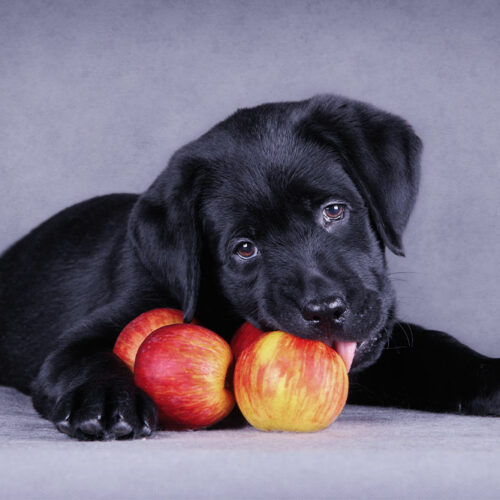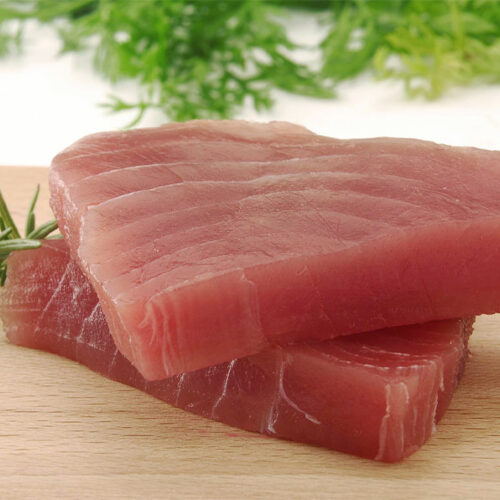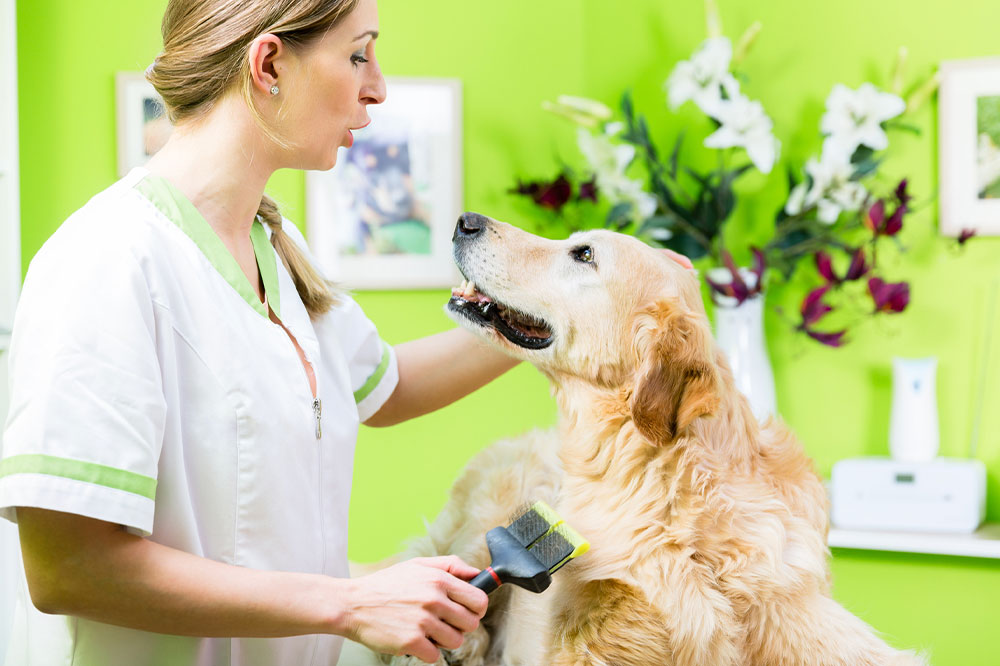8 things to consider when choosing a pet fence system

Many people prefer pet fence systems to keep their pets safe from running out onto the streets. However, the house is not the only place where one can use fences. Pet fence systems, especially wireless ones, help keep the pet from wandering too far while hiking through tricky terrain or in the wilderness. Since there are many options in the market, individuals should consider these eight things when choosing a pet fence system: Wireless vs. wired e-fence The wired e-fence is an in-ground system. Here, the wires are buried underground to create a boundary for the pet. Once done, the pet is given an e-collar that sends out signals when it tries to cross the boundary. Some components of a wired e-fence include underground wires, a wall-mounted transmitter, a receiver collar, training flags, a power adapter, and a receiver charger. While a wireless e-fence works similarly, it does not have underground wires. Instead, the e-collar detects a radio signal that another device emits to form an imaginary circular boundary. After understanding how these fences work, pet parents can choose the best option. Dog size An essential factor to check when choosing a pet fence system is the e-collar. While all fencing systems have e-collars, one should ensure they fit nicely on their dog’s neck.






